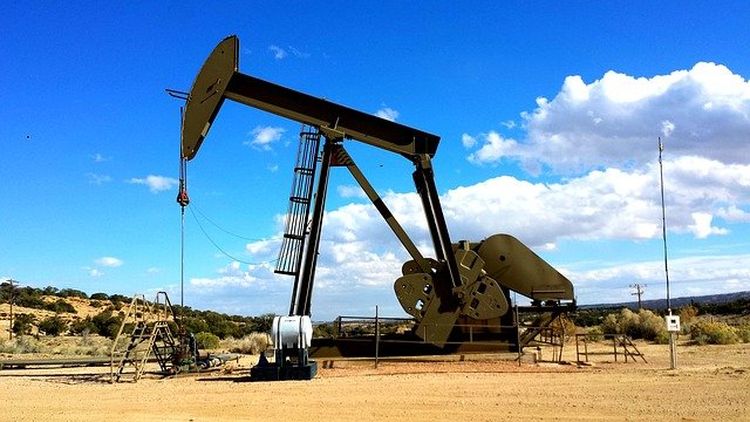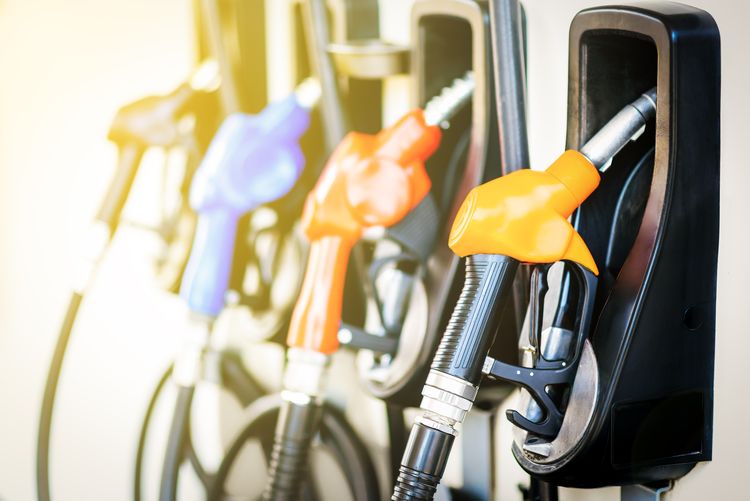Why Are Gas Prices On The Rise And Where Does It End?
Gas prices are dependent on several factors of the supply and demand economic model (as well as asset bubbles caused by commodities trading in futures markets). Healthy, growing economies amplify crude oil demand with high amounts of transportation of people, goods, and materials.
Why Are Prices Continuously On The Rise?
World economies took a huge hit during the COVID-19 pandemic. Governments curtailed travel to minimize virus spread. These restrictions reduced the demand for gasoline to power transportation. Therefore, the resulting economic drop caused a crude oil glut.
This surplus substantially lowered the per-barrel price, and by extension, dropped gasoline prices. While supply and demand—and therefore prices—typically ebb and flow, the extended pandemic lockdowns kept demand down for an extended period.

Are Oil Suppliers Suffering Too?
Refineries took multiple hits in 2020 and 2021. Refineries shut down due to dropping fuel needs coupled with low gas prices. Then record low temperatures over the very harsh 2020–2021 winter added insult to injury, closing other refineries as a result. Experts predict some recovery over the next year or more. But they also express concern over the possibility of permanent closure for many refineries.
The pandemic displaced many thousands of workers, including American oil and gas employees. The government sent out COVID relief stimulus checks to bolster American families, but also to boost the economy by encouraging spending.

Where Do Things Go From Here?
The country is now experiencing a gradual loosening of travel and congregation restrictions, and more people are leaving their work-from-home office to go back to their workplaces.
Therefore, more Americans will begin to resume “normal” activities, including transportation. As more people travel, fuel demands will increase. However, if the oil demand increases to the predicted 200,000 barrels a day aren’t met by a matched increase in supply, gasoline prices will continue to soar.
OPEC
OPEC+ governs some of the largest oil reserves in the world, with Saudi Arabia leading the pack. When the crude oil market is more volatile, OPEC+ responds by altering crude oil production and pricing to stabilize their market and profits. Slashed production offers less supply to feed the demand, so prices increase as a result.
In 2014, OPEC+ responded to drilling in US shale fields by trying to undercut pricing by increasing production. This competitive move, however, had the reverse effect for OPEC+ countries. While the price wars damaged American companies, their increased production levels fought back against foreign prices. As a result, the purchase of OPEC+ crude oil decreased, and those countries made less profit.
When Saudi Arabia pledged to decrease output in January 2021 to alleviate the 2020 glut, fuel prices rose sharply. That April, OPEC announced gradual production increases to try to stabilize the market and return to pre-pandemic pricing.
But Saudi Arabia responded with a surprising statement that was the opposite of their 2014 reaction. With decreased US drilling, competition has also reduced, along with the incentive for OPEC+ to undercut prices.
Saudi Arabia stated in their announcement that their production cuts would remain in effect with no future timeline to increase supply. The decreased supply along with growing demand has driven trading of West Texas Intermediate crude to over $60 a barrel. Goldman Sachs predicted 2021 summer increases to over $70.
These factors could translate to 2021 summer gasoline prices averaging near or over $3 a gallon. Some experts predict areas of the country could reach upwards of $4 a gallon. The most brutally hit will be working-class, lower-income families who spend more of their income on transportation but tend to drive older vehicles that are less fuel-efficient.
